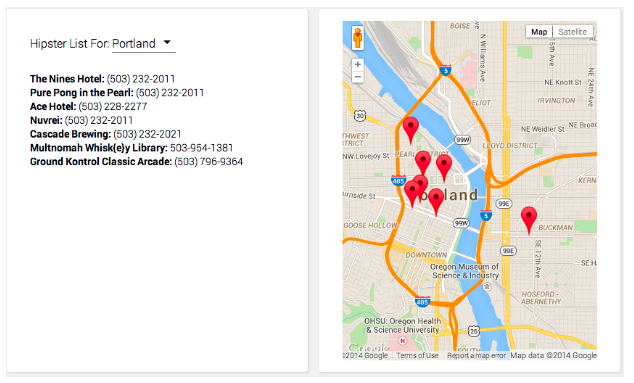Mobile Real Estate App - Version 1
I promised a few examples of spreadsheet driven apps. You may remember the Hipster List was the first example. These are simple web apps that are initialized using data from a Google Spreadsheet once the user loads them in a browser. Using spreadsheets to keep app information current is easy for anyone. There is even a way for users to point the app at their own Google Spreadsheet if the app developer wants to turn feature that on.
[Read More]d3 charts - wrapping 'NVD3 Charts' in a web component
Spreadsheet Driven Web Apps

Using Google spreadsheets is a great way for a team to collaborate on a data set but it leaves a bit to be desired on presentation of the data. To that end I will be creating a series of fun examples showing how to build small interactive apps that utilize Google Docs and Polymer web components to quickly bring data to life. In this series I will be using a Google spreadsheet as the data source, but other data sources are possible, and I will get to those as well in future posts.'
[Read More]